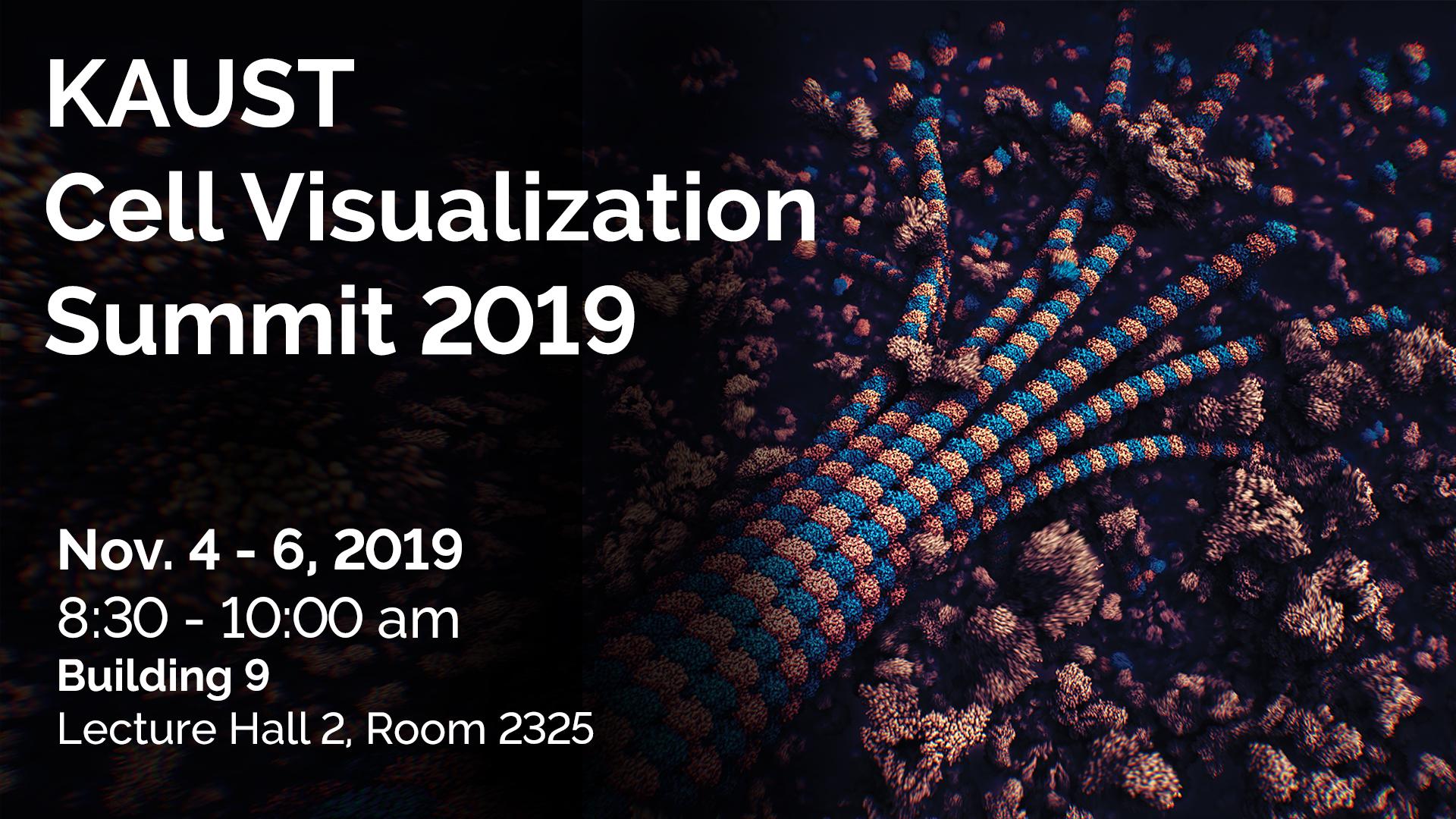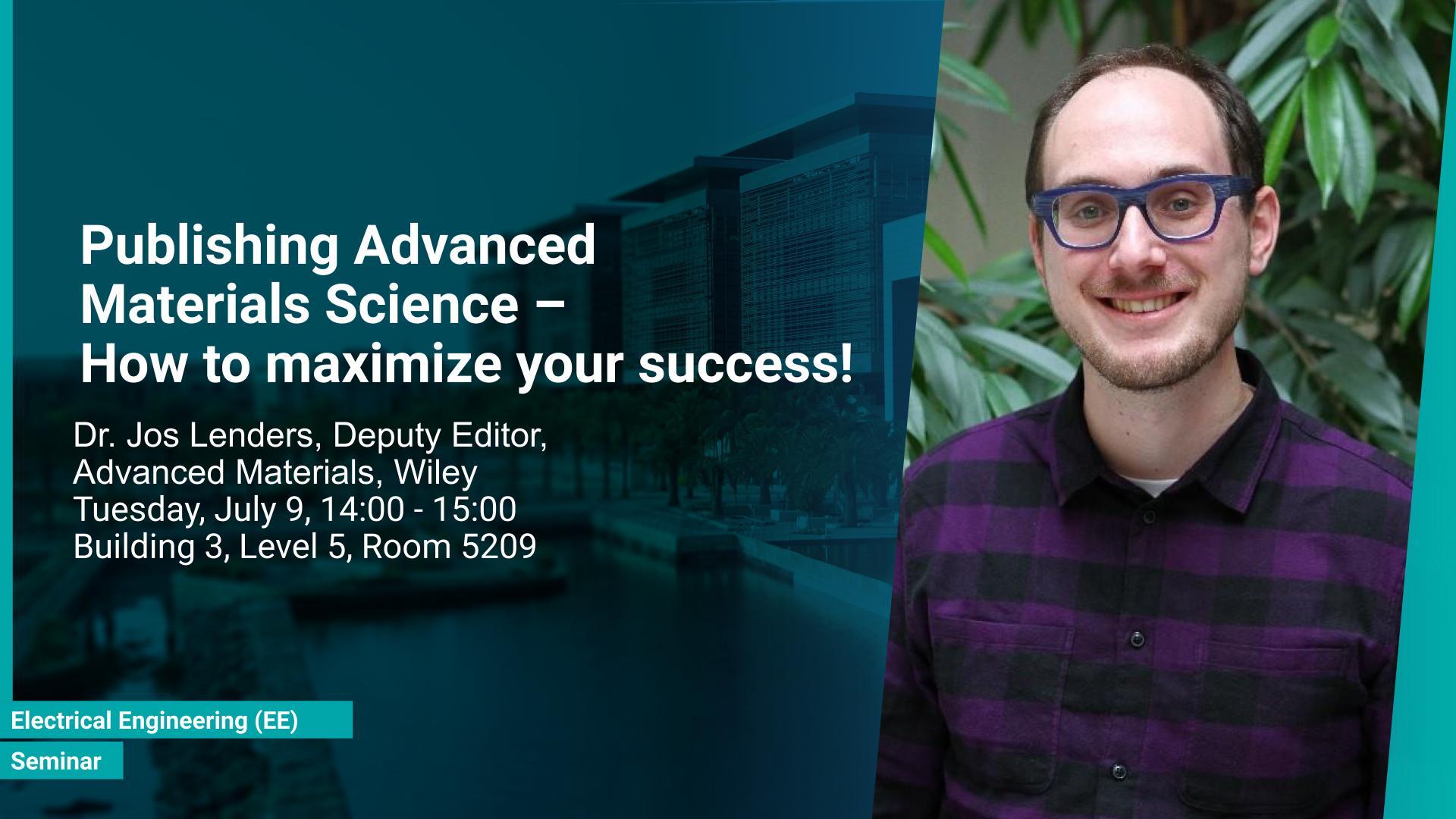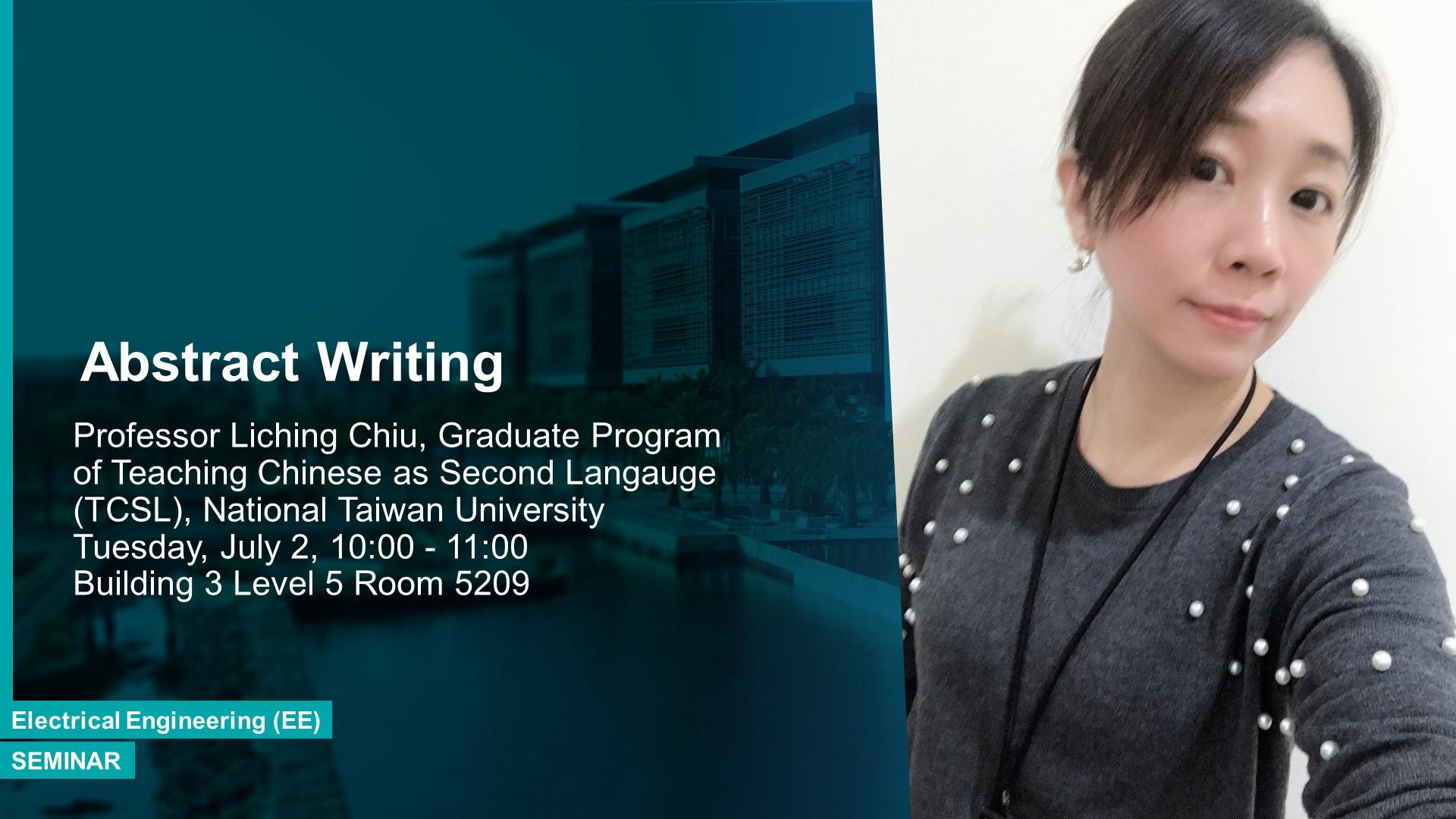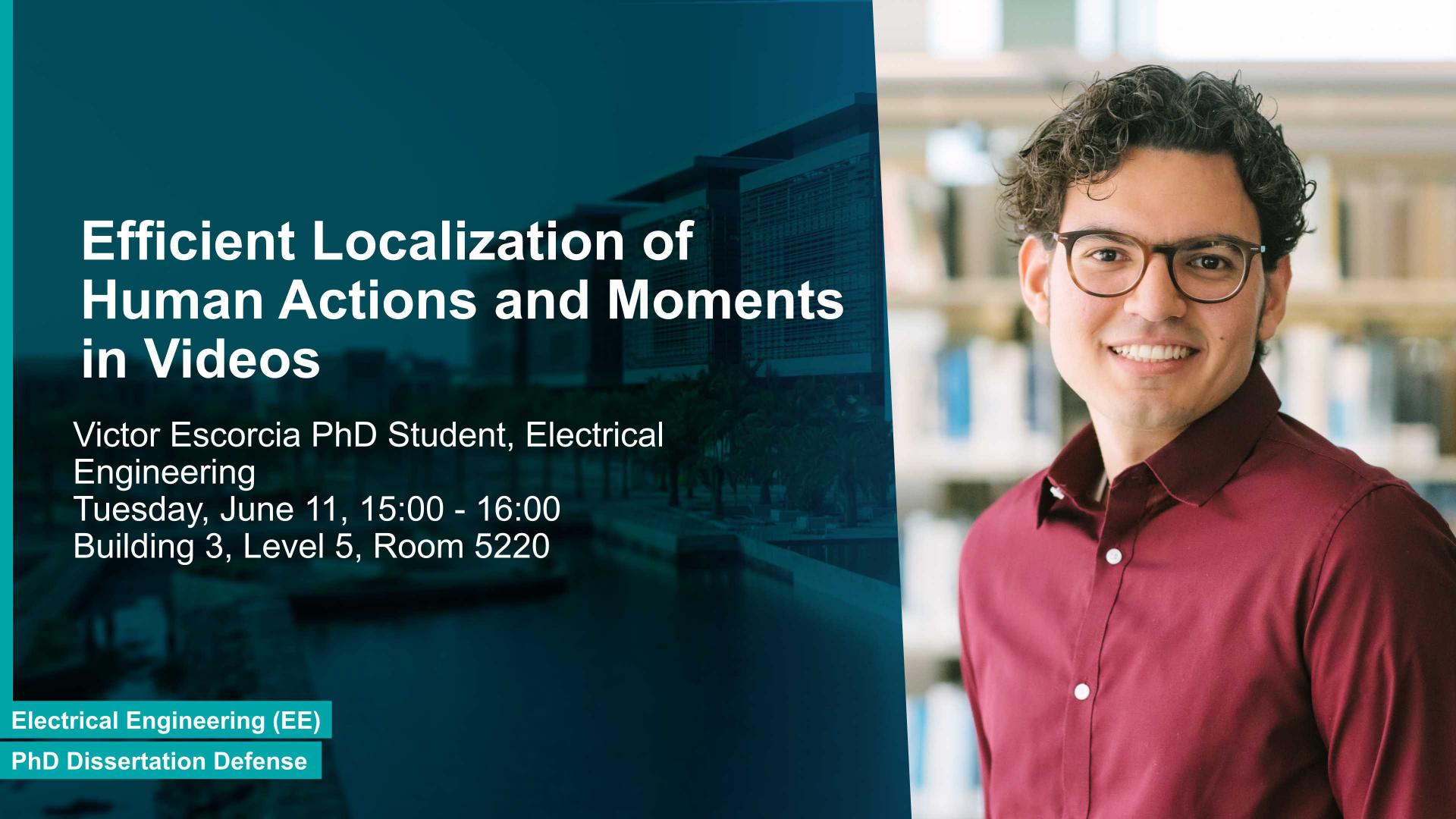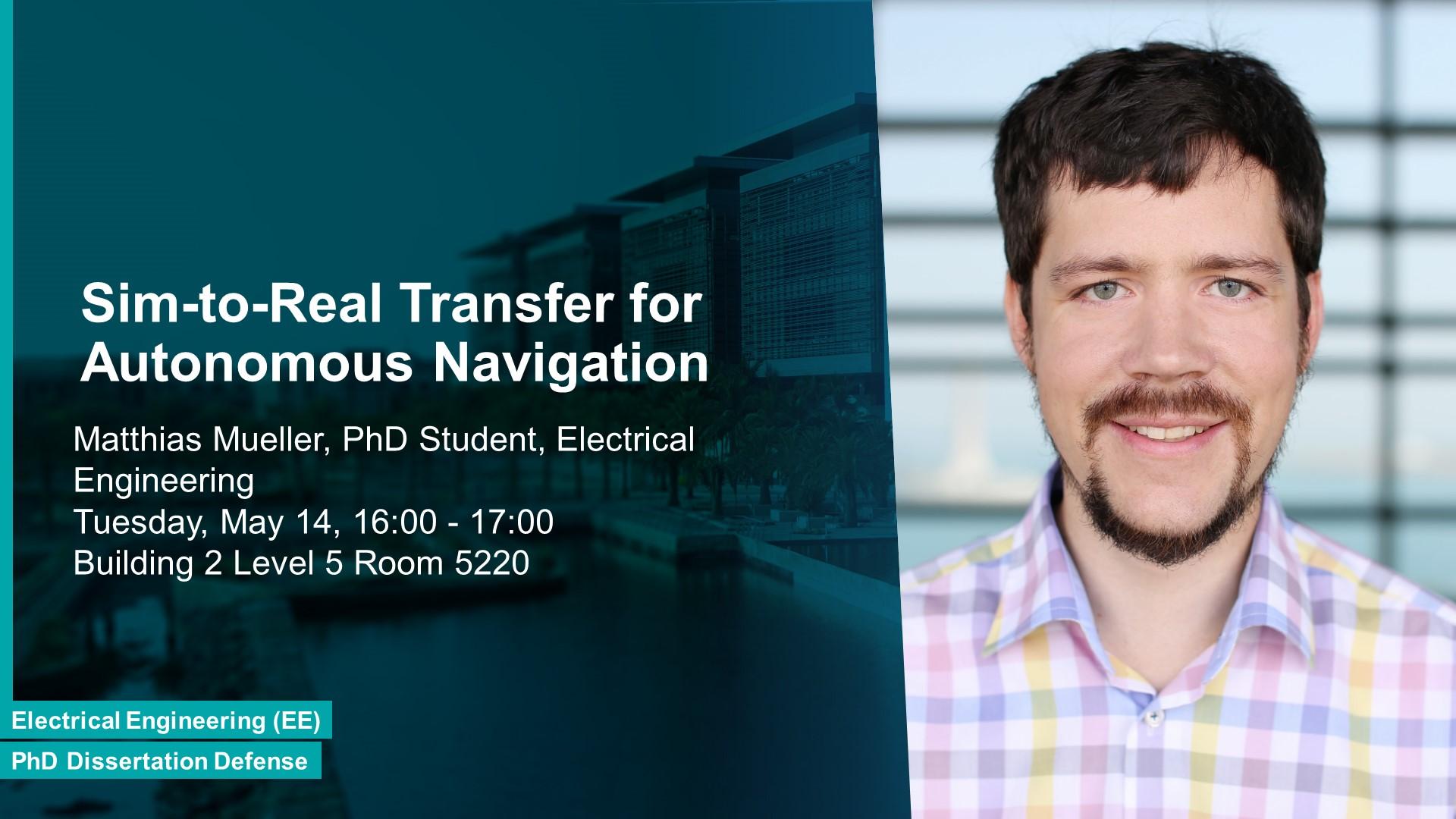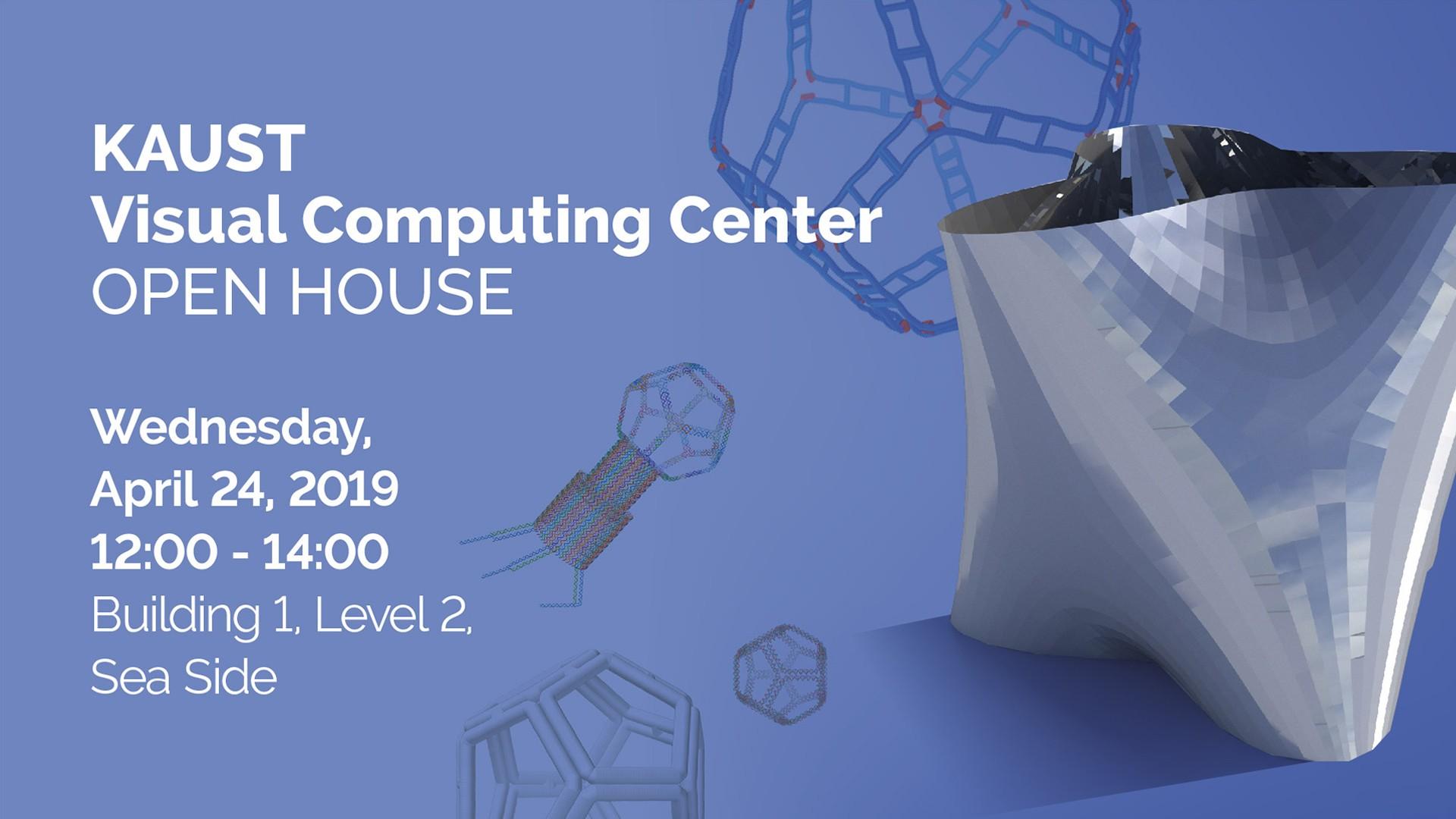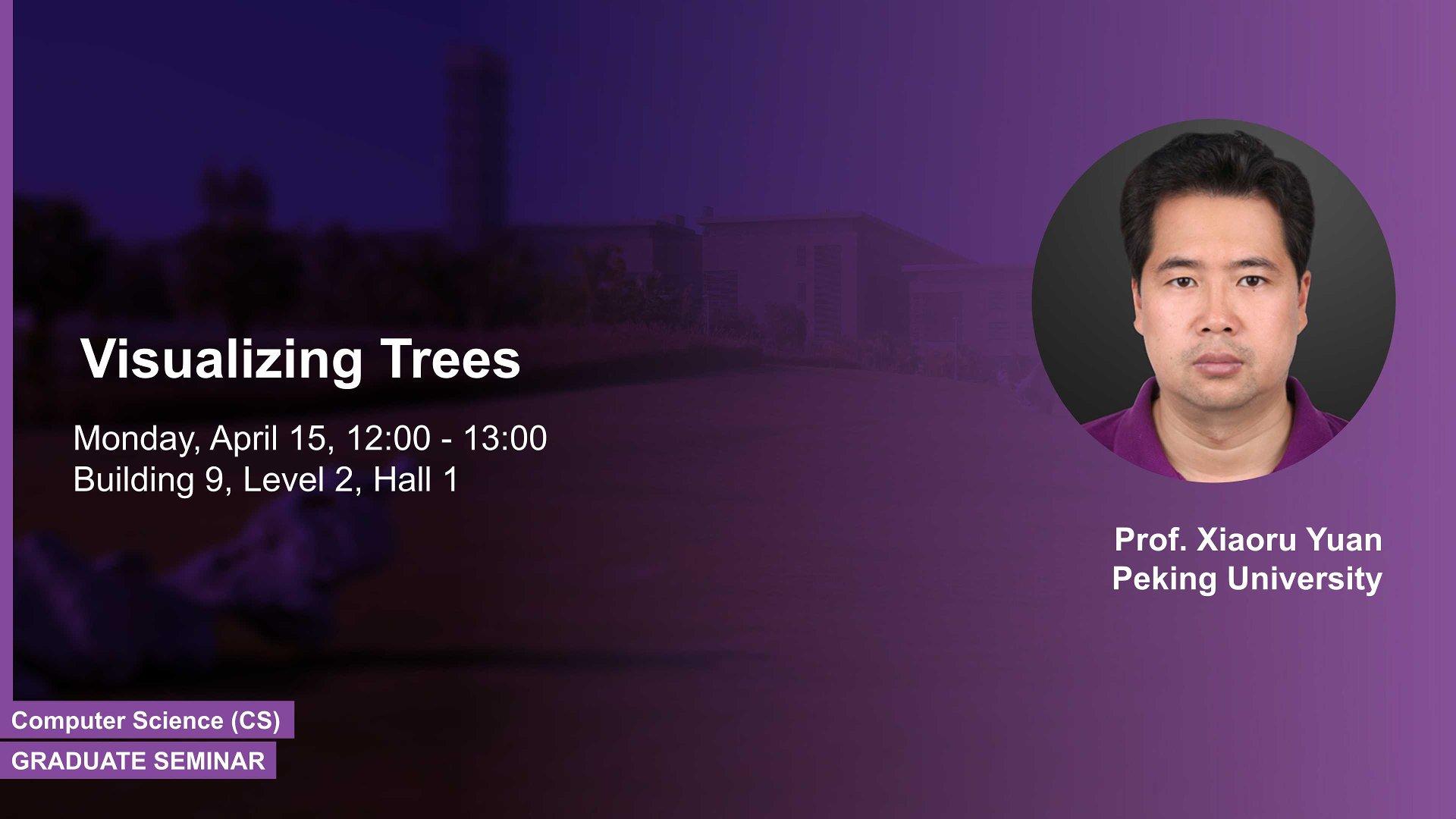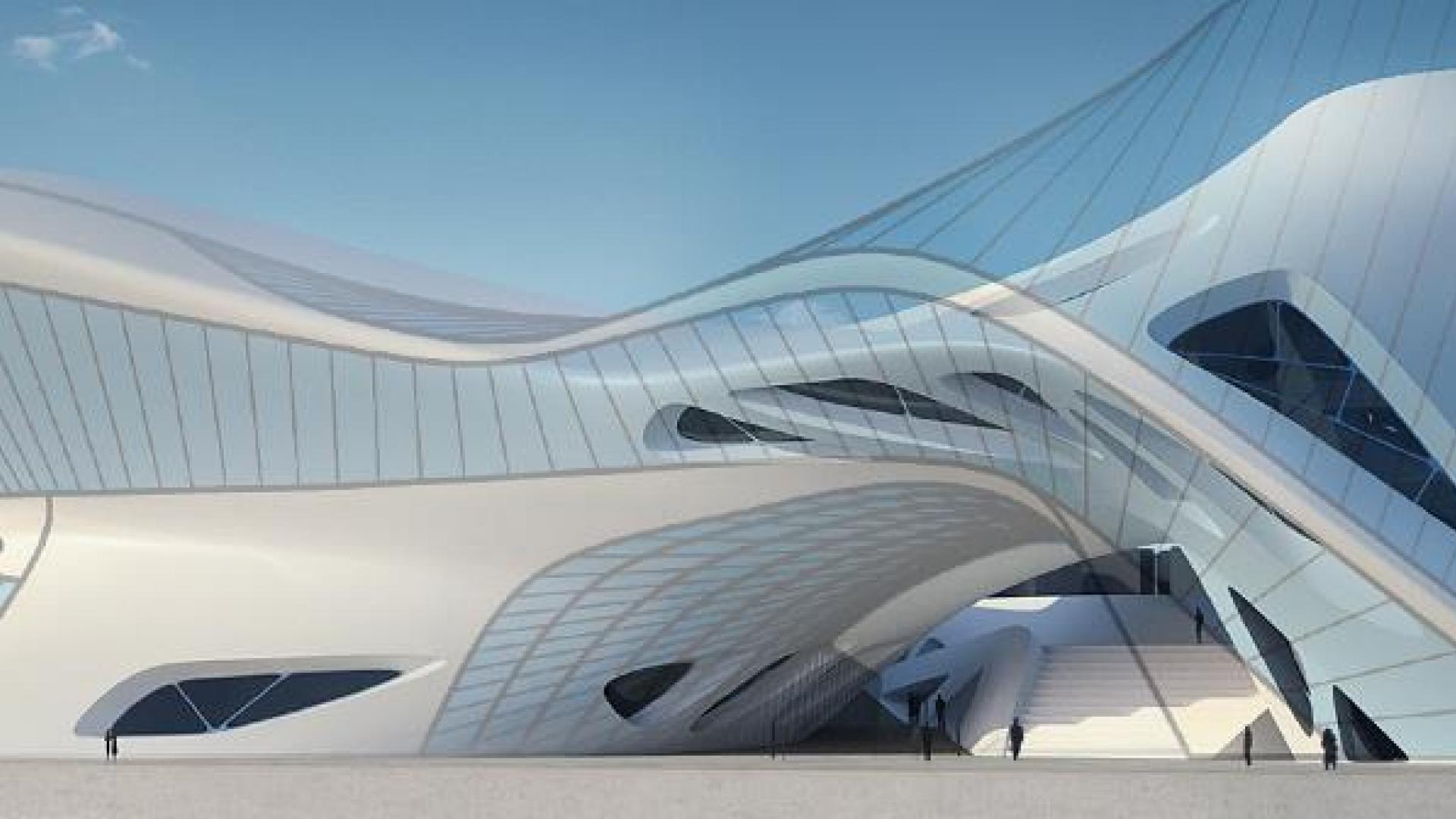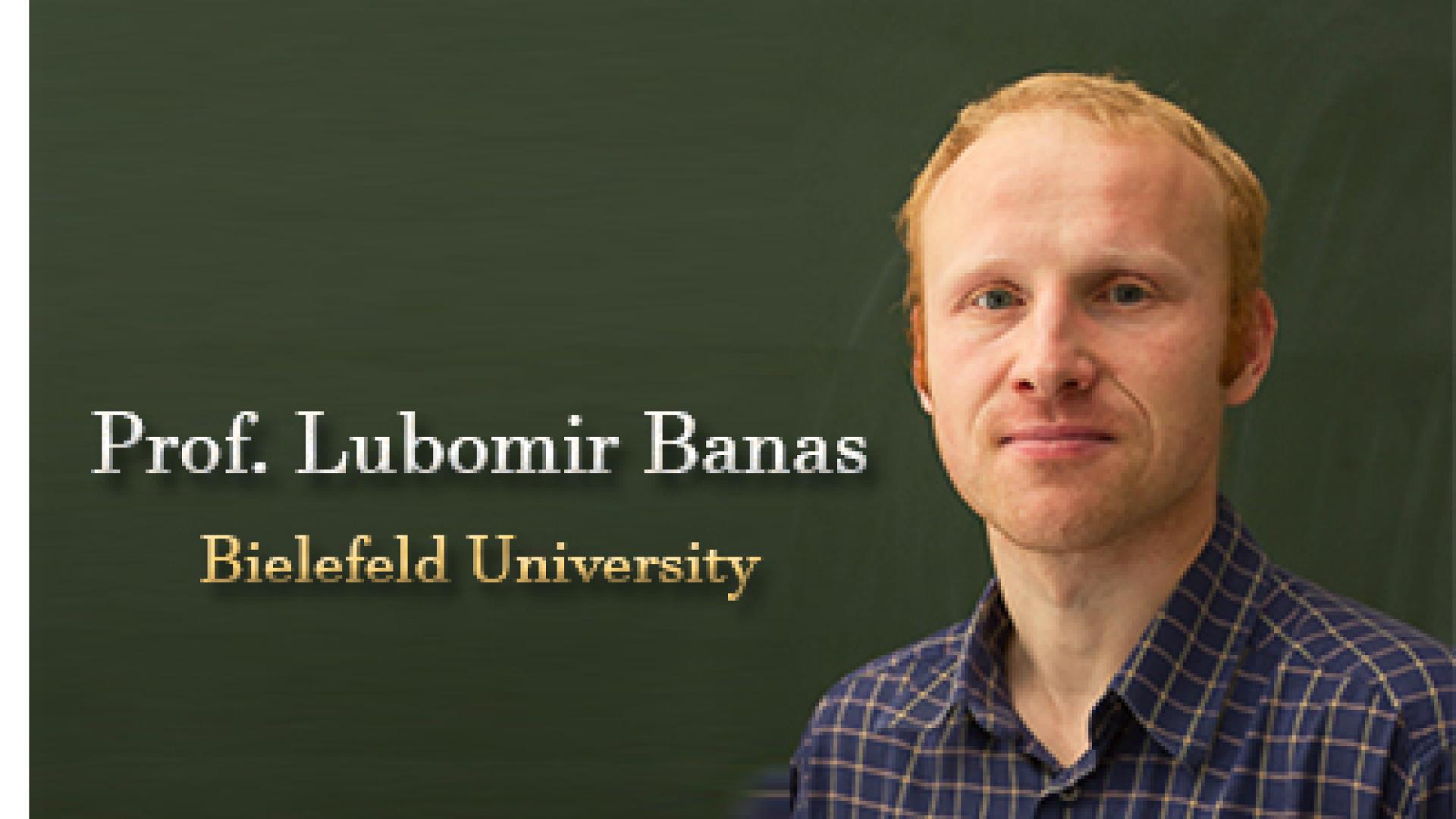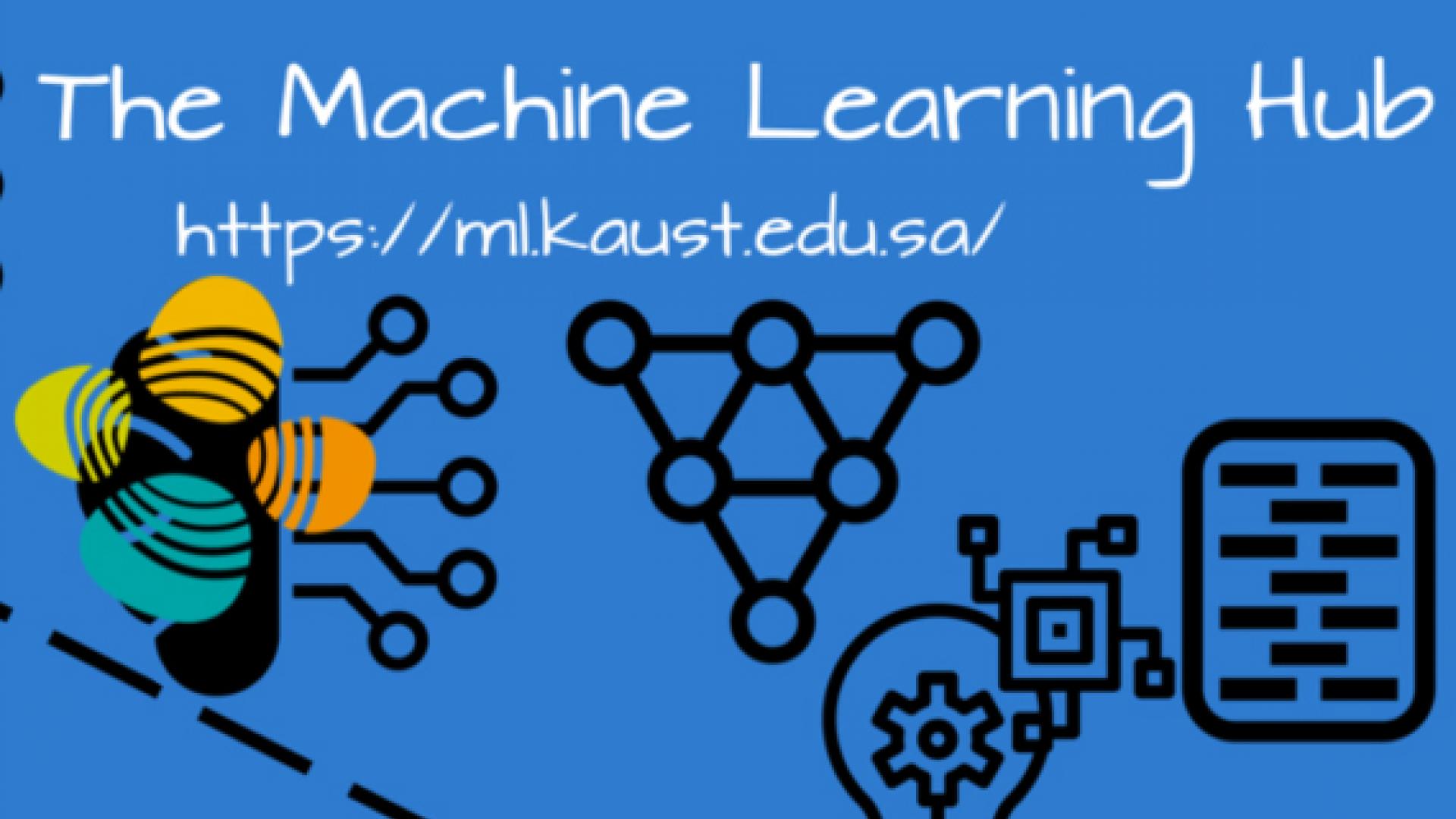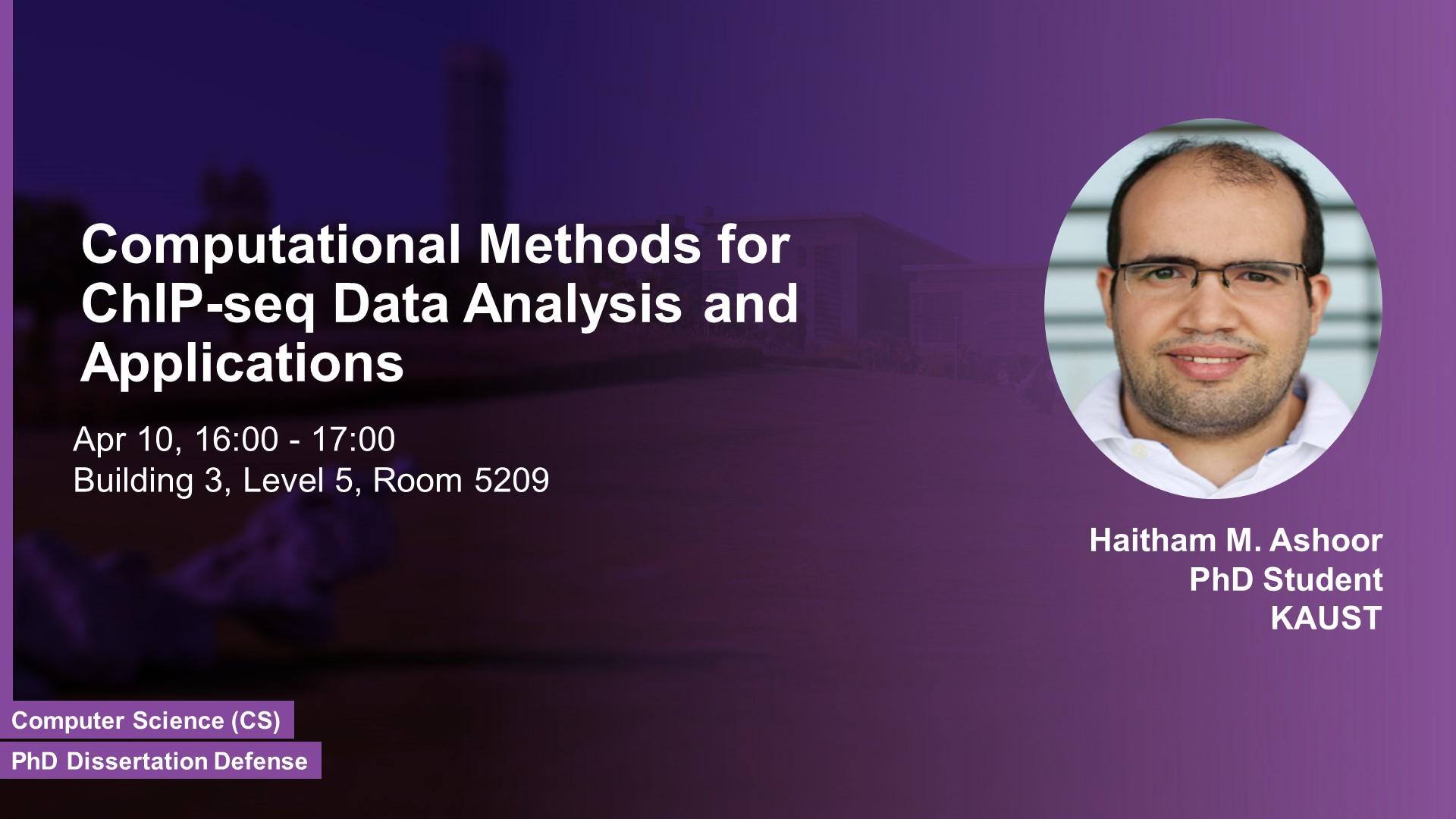Monday, November 04, 2019, 08:30
- 10:00
B9, Lecture Hall 2, Room 2325
Contact Person
You are invited to attend the KAUST Cell Visualization Summit 2019 organized by t
Pieter Barendrecht, PhD Student, Computer Science, University of Groningen, The Netherlands
Thursday, October 24, 2019, 14:00
- 15:00
Building 1, Level 4, Room 4214
Contact Person
Abstract
There are many intriguing aspects a
Dr. Jos Lenders, Deputy Editor, Advanced Materials, Wiley
Tuesday, July 09, 2019, 14:00
- 15:00
B3 L5 Room 5209
Materials science is a multidisciplinary field of research with many different scientists and engineers having various backgrounds active in it. The literature landscape consequently is populated currently by a wide range of journals which greatly differ in purpose, scope, quality, and readership. Jos Lenders, Deputy Editor of Advanced Materials, Advanced Functional Materials, and Advanced Optical Materials, will track some of the most important developments and trends in the research field and the Advanced journals program. Last year, Advanced Materials reached an Impact Factor of 21.95 and received over 8,300 submissions – and Advanced Functional Materials over 9,200. Only around 15% of all those papers made it to publication in the journal, and this rate is similar for all other Advanced journals. So, what do editors do to select the very best papers, and what can authors do to optimize their chances of having their manuscripts accepted?
Prof. Liching Chiu, Graduate Program of Teaching Chinese as a Second Language (TCSL), National Taiwan University
Tuesday, July 02, 2019, 10:00
- 11:00
B3 L5 Room 5209
This series of lectures guide students to the preparation and analysis of a well-organized abstract. We will discuss the proper language (tense, voice, and person) for abstract writing, and learn how to meet the purposes of different abstracts. Finally, students will have a chance to compose and evaluate their writing. Topics: Overview of abstract writing; Conference abstract journal abstract; Organization of an abstract; Language conventions of abstract writing; Disciplinary abstract analysis; Frequent mistakes of abstract writing.
PhD Degree,
Electrical and Computer Engineering
Tuesday, June 11, 2019, 15:00
- 16:00
B3, L5, 5220
Contact Person
Abstract
We are stumbling across a video tsunami flooding our communication channels.
Tong Zhang, Professor of Computer Science and Mathematics, HKUST
Wednesday, May 29, 2019, 12:00
- 13:00
Building 9, Hall 1
Contact Person
Many problems in machine learning rely on statistics and optimization. To solve these problems, new techniques are needed. I will show some of these new techniques through selected machine learning problems I have recently worked on, such as nonconvex stochastic optimization, distributed training, adversarial attack, and generative models.
PhD Degree,
Electrical and Computer Engineering
Tuesday, May 14, 2019, 16:00
- 17:00
B2 L5 Room 5220
Contact Person
This work investigates the problem of transfer from simulation to the real world in the context of autonomous navigation. To this end, we first present a photo-realistic training and evaluation simulator Sim4CV which enables several applications across various fields of computer vision. Built on top of the Unreal Engine, the simulator features cars and unmanned aerial vehicles (UAVs) with a realistic physics simulation and diverse urban and suburban 3D environments. We demonstrate the versatility of the simulator with two case studies: autonomous UAV-based tracking of moving objects and autonomous driving using supervised learning.
Alp Yurtsever, PhD Candidate, EPFL
Monday, May 06, 2019, 12:00
- 13:00
B9 L2 Hall 2
Contact Person
With the ever-growing data sizes along with the increasing complexity of the modern problem formulations, there is a recent trend where heuristic approaches with unverifiable assumptions are overtaking more rigorous, conventional optimization methods at the expense of robustness. This trend can be overturned when we exploit dimensionality reduction at the core of optimization. I contend that even the classical convex optimization did not reach yet its limits of scalability.
Wednesday, April 24, 2019, 12:00
- 14:00
B1 L2 Sea Side
Contact Person
The Open House is a great opportunity to see short presentations and demonstrations from recent research conducted in the Visual Computing Center. Join us and talk to KAUST faculty, students, and staff about research and applications of Visual Computing. You can explore the different areas of Visual Computing on your own or join one of the guided tours led by faculty and staff of the Visual Computing Center.
Prof. Xiaoru Yuan, Peking University
Monday, April 15, 2019, 12:00
- 13:00
Building 9, Level 2, Hall 1, Room 2322
Contact Person
In this talk, I will introduce a few recent works on tree visualization. First I will present a visualization technique for comparing topological structures and node attribute values of multiple trees. I will further introduce GoTree, a declarative grammar supporting the creation of a wide range of tree visualizations. In the application side, visualization and visual analytics on social media will be introduced. The data from social media can be considered as graphs or trees with complex attributes. A few approaches using map metaphor for social media data visualization will be discussed.
Monday, March 18, 2019, 09:00
- 05:00
Campus Library, Level 3, Room 3118, Seaside
Contact Person
Geometrically complex shapes play an increasingly important role in contemporary architecture. While digital models involving freeform geometry are easily created, the actual fabrication and construction of such structures remains a challenge. The workshop will brings together architects, engineers, construction managers, fabricators, researchers from the field of architectural geometry, and leading sustainability professionals to discuss, debate and share best practice on design, construction and the built environment.
Professor Lubomir Banas (Bielefeld University)
Wednesday, March 13, 2019, 00:00
- 00:00
Building 1, Level 2, Room 2202
Contact Person
The Cahn-Hilliard equation is a fourth order parabolic partial differential equation (PDE) that is widely used as a phenomenological model to describe the evolution of interfaces in many practical problems, such as, the microstructure formation in materials, fluid flow, etc. It has been observed in the engineering literature that the stochastic version of the Cahn-Hilliard equation provides a better description of the experimentally observed evolution of complex microstructure.
Wednesday, February 13, 2019, 12:00
- 13:00
Building 9, Lecture Hall 2, Room 2325
Contact Person
The Machine Learning Hub @ KAUST is designed to be the one-stop-shop for machine
Monday, April 10, 2017, 16:00
- 17:30
Building 3, Level 5, 5209
Abstract
The development of Chromatin immuno
